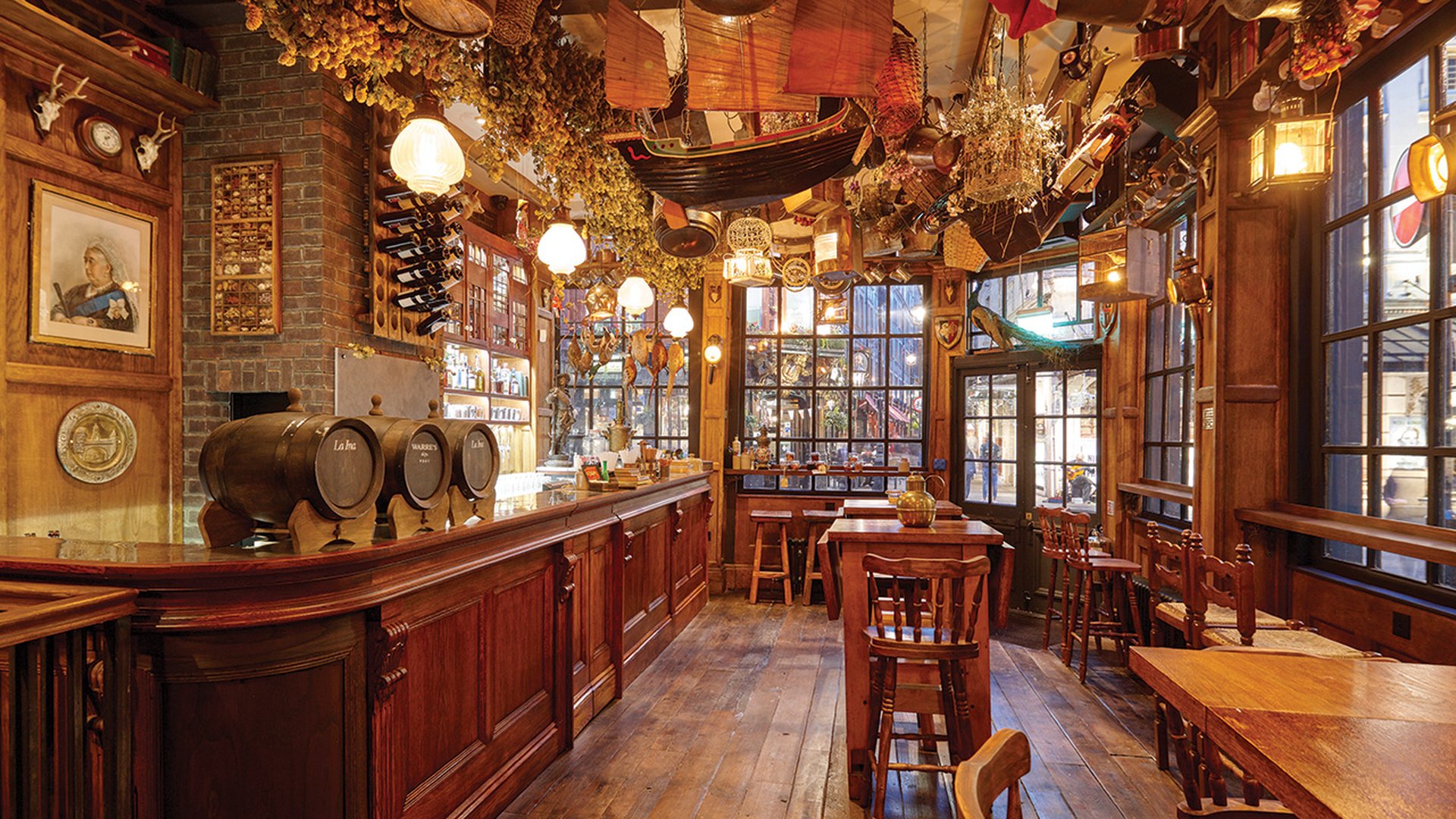Barley Houses as Social Spaces

Barley houses, beyond their function as centers for brewing and selling beer, were vibrant social spaces that played a significant role in the lives of people in various historical periods. They provided a platform for social interaction, community building, and even political discourse.
Atmosphere and Activities, Barley house
Barley houses were known for their lively atmosphere, characterized by a mix of revelry, camaraderie, and sometimes, boisterous behavior. The activities that took place within their walls ranged from casual conversations and games to more formal gatherings, including music performances and dances. The presence of beer, often served in generous quantities, contributed to the relaxed and jovial atmosphere.
Social Dynamics and Hierarchies
While barley houses were generally open to all, certain social dynamics and hierarchies were prevalent. The wealthier patrons often occupied the best tables and received preferential treatment, while those of lower social standing might find themselves at the bar or in less desirable areas. This distinction was often reflected in the types of beer consumed, with higher-quality brews reserved for the elite.
Role of Barley Houses in Different Historical Periods
The role of barley houses varied across different historical periods. In medieval times, they served as important community hubs, providing a space for social interaction, news dissemination, and even political organizing. In the early modern period, barley houses became more associated with leisure and entertainment, often hosting theatrical performances and other forms of public entertainment. During the Industrial Revolution, barley houses provided a much-needed respite for workers, offering a place to socialize and escape the harsh realities of factory life.
The Cultural Impact of Barley Houses

Barley houses, with their historical significance and enduring presence in popular culture, have left an indelible mark on society. Their influence extends beyond their physical structures, encompassing literary, artistic, and musical representations, shaping social norms and values, and leaving a lasting legacy.
Literary Representations of Barley Houses
The literary world has often depicted barley houses as symbols of community, resilience, and the enduring spirit of the human experience.
- In literature, barley houses have been portrayed as havens of warmth and hospitality, places where people gather to share stories, celebrate traditions, and find solace in times of hardship.
- The enduring theme of community and resilience is often highlighted in stories set in barley houses, emphasizing the importance of collective support and the ability to overcome adversity.
- Barley houses have also served as settings for exploring themes of social justice, economic inequality, and the struggles of marginalized communities, offering a lens through which to examine societal issues and promote empathy.
Artistic Representations of Barley Houses
Artists have long been inspired by the unique architecture and cultural significance of barley houses, capturing their essence through various mediums.
- Painters have depicted barley houses in their landscapes, highlighting their rustic charm and the beauty of their surroundings.
- Sculptors have created intricate models of barley houses, showcasing their architectural details and the craftsmanship involved in their construction.
- Photographers have documented the evolution of barley houses over time, preserving their historical significance and capturing the stories of the people who lived in them.
Musical Representations of Barley Houses
Music has played a significant role in shaping the cultural identity of barley houses, with traditional songs and folk music often reflecting the rhythms of life and the spirit of the community.
- Folk songs about barley houses often tell tales of love, loss, and the hardships faced by those who lived in them, providing a glimpse into their daily lives and traditions.
- The melodies and lyrics of these songs have preserved the cultural heritage of barley houses, ensuring that their stories are passed down through generations.
- Contemporary musicians have also drawn inspiration from the history and culture of barley houses, incorporating elements of traditional music into their own compositions, bridging the past and present.
Influence of Barley Houses on Social Norms and Values
Barley houses have played a pivotal role in shaping social norms and values, fostering a sense of community, promoting hospitality, and preserving cultural traditions.
- The communal nature of barley houses fostered a strong sense of belonging and shared responsibility, emphasizing the importance of cooperation and collective well-being.
- The tradition of hospitality, deeply ingrained in the culture of barley houses, encouraged the welcoming of strangers and the sharing of resources, promoting a sense of generosity and compassion.
- Barley houses served as centers for preserving cultural traditions, passing down knowledge, skills, and stories through generations, ensuring the continuity of heritage and identity.
The Legacy of Barley Houses
The legacy of barley houses extends beyond their physical presence, their enduring influence evident in popular culture, architecture, and the values they represent.
- Barley houses have become iconic symbols of rural life, evoking nostalgia and a sense of connection to the past.
- Their architectural style has inspired modern homes, incorporating elements of rustic charm and sustainable design.
- The values associated with barley houses, such as community, hospitality, and resilience, continue to resonate in contemporary society, reminding us of the importance of human connection and the enduring spirit of the human experience.
